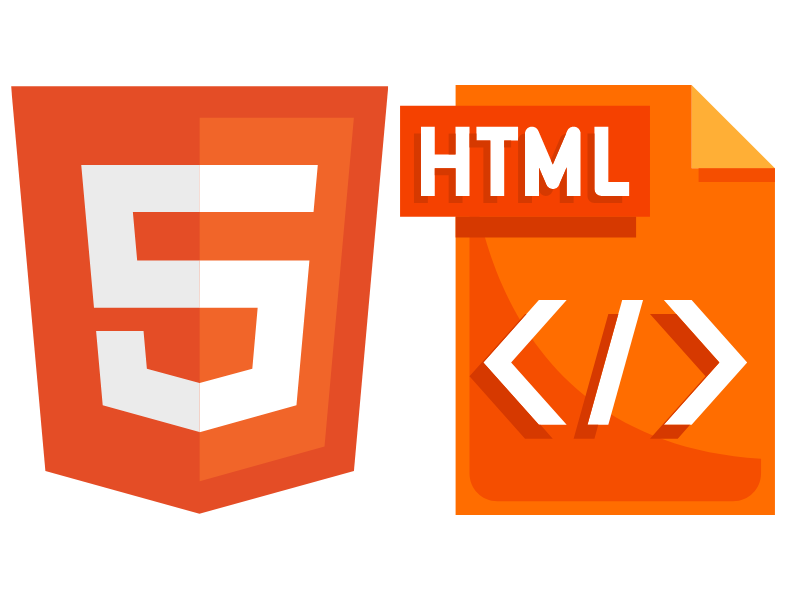What is Anchor Tag and how we can use it in our code
HTML, or HyperText Markup Language, is the backbone of every website on the internet. It’s the language used to create the structure and content of a website. One of the most important elements in HTML is the anchor tag, which is used to create clickable links on a web page. In this blog post, we’ll explore what an anchor tag is, how it works, and why it’s so important for SEO.
What is an anchor tag?
An anchor tag, also known as an “a” tag, is an HTML element that is used to create hyperlinks on a web page. It works by linking one web page to another or linking to a specific section within the same page. An anchor tag is created by using the <a> tag and the href attribute.
The href attribute specifies the URL of the page or the location of the section on the same page. The text between the <a> and </a> tags is the clickable link that appears on the page.
For example, the following code creates a link to Google’s homepage:
<a href="https://www.google.com/">Visit Google</a>
When a user clicks on the “Visit Google” link, they will be taken to the Google homepage.
How does an anchor tag work?
An anchor tag works by using the href attribute to specify the URL of the page or the location of the section on the same page. When a user clicks on the link, their browser will request the page from the specified URL and display it to the user.
If the href attribute is a URL to another website, the user will be taken to that website. If the href attribute is a location on the same page, the browser will scroll to that location.
Why is the anchor tag important for SEO?
The anchor tag is an important element for SEO because it helps search engines understand the context and relevance of the linked content. When a web page links to another page using an anchor tag, it’s like giving a vote of confidence to that page.
For example, if a popular technology blog links to a new startup’s website using an anchor tag, it tells search engines that the startup’s website is relevant and trustworthy in the technology industry. This can improve the startup’s search engine rankings and drive more traffic to their website.
Using anchor tags to link to internal pages on your own website can also help search engines understand the structure and hierarchy of your content. This can improve the user experience and make it easier for search engines to crawl and index your website.
Best practices for using anchor tags
Here are some best practices for using anchor tags on your website:
Use descriptive text: The text between the <a> and </a> tags should be descriptive and relevant to the content of the linked page. Avoid using generic text like “click here” or “read more.”
Use absolute URLs: Always use absolute URLs in the href attribute to ensure that the link works correctly. Absolute URLs include the full protocol (http:// or https://) and the domain name (www.example.com).
Use relevant keywords: If possible, include relevant keywords in the anchor text to help search engines understand the context of the linked content.
Use internal linking: Use anchor tags to link to internal pages on your own website to help search engines understand the structure and hierarchy of your content.
<!DOCTYPE html>
<html>
<head>
<title>My Website</title>
</head>
<body>
<h1>Welcome to My Website</h1>
<p>Check out my <a href="https://www.linkedin.com/in/john-doe/" target="_blank">LinkedIn profile</a> for more information.</p>
<p>Read my latest blog post about <a href="https://www.mywebsite.com/blog/post" target="_self">web development trends</a>.</p>
</body>
</html>
In this example, we've used two anchor tags. The first one links to an external website (John Doe's LinkedIn profile), and we've used the target="_blank" attribute to open the link in a new tab. The second anchor tag links to a specific page on our own website, and we've used the target="_self" attribute to open the link in the same tab. By using relevant and descriptive text in the anchor tags, we're helping both users and search engines understand the context and relevance of the linked content.
In conclusion, the anchor tag is a simple but powerful element in HTML that is essential for creating clickable links on a web page. By following best practices for using anchor tags, you can improve the user experience on your website and help search engines understand the context and relevance of your content.
What is Anchor Tag and how we can use it in our code
 Reviewed by Code Bazar
on
May 07, 2023
Rating:
Reviewed by Code Bazar
on
May 07, 2023
Rating:
 Reviewed by Code Bazar
on
May 07, 2023
Rating:
Reviewed by Code Bazar
on
May 07, 2023
Rating:



No comments: